Route 66 Hand Carved Entrance: Ultimate Custom Man Cave Door – 3240HC
An Original Custom Door Design By Award Winning Artist H.J. Nick, Featuring Iconic Imagery From America’s Mother Road, Historic Route 66, Carved Directly Into The Door By The Hands Of One Master Wood Carver To World Class Fine Art Standards
Inspired By The Armory Doors Of England’s Arundel Castle, This Solid Wood Double Doors Is Built Using The Same Materials And Techniques Used To Build The Original, Including Solid, Full Length, Hand Hewn Planks Of Naturally Air Cured, Old Growth Timber, Built With Mortise And Tenon, Pegged And Dowelled Construction By The Hands Of Master Craftsmen


Description
Route 66 Hand Carved Entrance: The Ultimate Custom Man Cave Doors
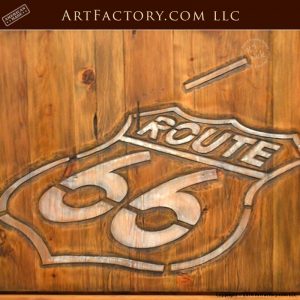 This Route 66 hand carved entrance is inspired by the iconic stretch of road equated with freedom and opportunity. Stretching from Chicago to Los Angeles, it was originally meant to link the small rural towns across America, making it easier for farmers to get their products to market and providing an easier route for truckers. What the road became was a lifeline for many searching for jobs and a better life. Entire industries sprouted from this road: gas stations with multiple pumps and tire services, drive up motels, and roadside diners and drive-ins. This is where America's car culture and road trips really started. This door takes all the little details of this piece of America and puts them in one place.
This Route 66 hand carved entrance is inspired by the iconic stretch of road equated with freedom and opportunity. Stretching from Chicago to Los Angeles, it was originally meant to link the small rural towns across America, making it easier for farmers to get their products to market and providing an easier route for truckers. What the road became was a lifeline for many searching for jobs and a better life. Entire industries sprouted from this road: gas stations with multiple pumps and tire services, drive up motels, and roadside diners and drive-ins. This is where America's car culture and road trips really started. This door takes all the little details of this piece of America and puts them in one place.
The master carvers created a masterpiece based on the memories of H.J. Nick and his time traveling this road in his youth. The door is carved in layers from very deep carving to lighter details, creating lots of depth in the image. The tiniest details are done including the Greyhound name on the back of the bus and the Coca-Cola logo on the bottle on the Coca-Cola sign. Full color was used making this scene even more vibrant. You have the driving culture, the sense of freedom, and the nostalgia of more innocent times wrapped up in a door that tells a story. What's your story?
Route 66 Hand Carved Entrance With Gas Nozzle Door Handles
This solid wood exterior door is built with thick, genuine wood with hand hewn with mortise and tenon construction. We only use full length, natural air dried timber. Decorative hand carving by master carvers from the recollections of H.J. Nick. Structural jamb 3-inch thick with 1-inch rabbeted stop on pre-hung exterior door with all weather package. Hand forged wrought iron gas nozzle door handles. All custom doors include adjustable heavy duty crush proof threshold, self-closing adjustable tension hinges, automatic mechanical door sweep, single cylinder deadbolt, and roller style door latches.
The inspiration for the doors themselves comes from the armory doors at Arundel Castle in the United Kingdom. The motte for Arundel castle was constructed in 1068. This castle was owned by the Howard family for a period of time and has been the seat for the Dukes of Norfolk for 850 years. The 3rd Duke of Norfolk was the uncle of Anne Boleyn and Catherine Howard, who both were wives of King Henry VIII. The 4th Duke of Norfolk was imprisoned by Queen Elizabeth, his second cousin, for plotting to marry Mary Queen of Scots, Elizabeth's rival for the throne of England. Being at the center of many political upheavals, this castle has stood through all, though it was damaged during the Civil War in 1642-45.
Master Carved Memories Of Route 66 By H.J. Nick
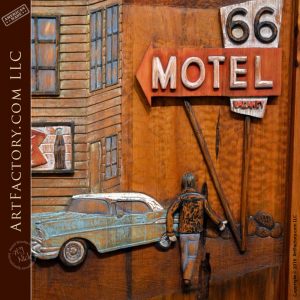 The trip is going well as they go west across the country Route 66. They stop and work at restaurants washing dishes or cleaning grease pits for food, usually the blue plate special, or maybe a dozen burgers for a dollar. Taking turns driving while the other sleeps, they make it to San Jon, New Mexico when that rod, that's been knocking loud enough to be heard over the rock and roll music on the car radio, suddenly shoots through the block. In total despair and down to their last 25 cents between them, they flip a coin for the big decision: whether to purchase a pack of Lucky Strikes or buy a burger and split it. It comes up cigarettes.
The trip is going well as they go west across the country Route 66. They stop and work at restaurants washing dishes or cleaning grease pits for food, usually the blue plate special, or maybe a dozen burgers for a dollar. Taking turns driving while the other sleeps, they make it to San Jon, New Mexico when that rod, that's been knocking loud enough to be heard over the rock and roll music on the car radio, suddenly shoots through the block. In total despair and down to their last 25 cents between them, they flip a coin for the big decision: whether to purchase a pack of Lucky Strikes or buy a burger and split it. It comes up cigarettes.
Two boys, broken down along the side of the road halfway to California, with no one to call for help and no funds. Panic starts to set in. In the cold New Mexican country between San Jon and Tucumcari they stand, trying to decide if they should jump a boxcar on the next train heading west or go back home to the east. Then a New Mexican State Trooper in a 1965 Mustang squad car pulls up.
The Road To Tucumcari And Beyond
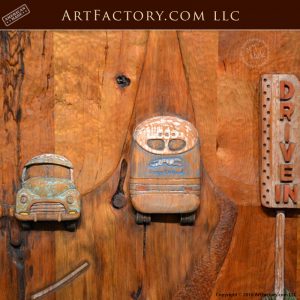 Unexpectedly, after the identity check and questioning this state trooper was a friend and was going to help the boys. First he calls a wrecker and, for the title to the 1955 Chevy Bel Air, the driver will take it off the road and keep it for the trade. Then the trooper takes them to Tucumcari and introduces them to the owners of the Palomino motel. H.J. Nick convinces the owners to accept them as new labor in trade for lodging. But now they find themselves in a Catch-22, no money to continue the trip, no food, no car and only a job that pays in trade. First they were offered and accepted a farm job feeding cattle in the deep snow of the New Mexican winter. That did not work out to their advantage. Then it occurs to them to sell the hunting guns that H.J. Nick's buddy owned and had brought along. They call the chief of police and ask how they might be able to sell these guns to get money for a car and gas. The chief of police himself offers $75.00 and the agreement that if his buddy wants to pick them back up at some later date he can.
Unexpectedly, after the identity check and questioning this state trooper was a friend and was going to help the boys. First he calls a wrecker and, for the title to the 1955 Chevy Bel Air, the driver will take it off the road and keep it for the trade. Then the trooper takes them to Tucumcari and introduces them to the owners of the Palomino motel. H.J. Nick convinces the owners to accept them as new labor in trade for lodging. But now they find themselves in a Catch-22, no money to continue the trip, no food, no car and only a job that pays in trade. First they were offered and accepted a farm job feeding cattle in the deep snow of the New Mexican winter. That did not work out to their advantage. Then it occurs to them to sell the hunting guns that H.J. Nick's buddy owned and had brought along. They call the chief of police and ask how they might be able to sell these guns to get money for a car and gas. The chief of police himself offers $75.00 and the agreement that if his buddy wants to pick them back up at some later date he can.
Accepting this offer with newfound hope, they find a Route 66 car sales lot and purchase a broken down 1949 Pontiac Straight 8 for $50.00. Even with busted springs and lots of rust it seems to run ok and it promises hope of being able to continue the long road and uphill run to California. It makes the climb on Route 66 into Albuquerque, struggling along, and continues the climb to Gallup when the engine heats up and boils over. Not knowing not to shut it off before adding water, H.J. Nick's friend shuts it off and the engine seizes up. That's the end of the Pontiac.
A Broken Down Ride And A Harrowing Situation
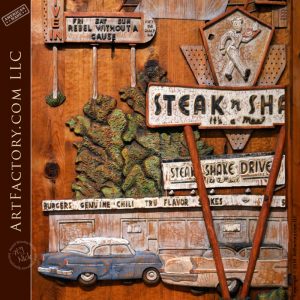 Back to walking and no money, the wrecker driver gives them a ride to the nearest motel with a restaurant in Gallup. Washing dishes for a meal and hanging around with all their stuff piled in a corner, it becomes obvious to other customers they are having a traveling problem. A couple of beatnik customers approach and offer to help. They explain to the boys they are very road weary and need a driver for their 1956 Chevy panel truck. If the boys agree to drive, they will give them a ride to Barstow, California.
Back to walking and no money, the wrecker driver gives them a ride to the nearest motel with a restaurant in Gallup. Washing dishes for a meal and hanging around with all their stuff piled in a corner, it becomes obvious to other customers they are having a traveling problem. A couple of beatnik customers approach and offer to help. They explain to the boys they are very road weary and need a driver for their 1956 Chevy panel truck. If the boys agree to drive, they will give them a ride to Barstow, California.
This appears to be the solution to their problem, and they both jump at the opportunity. As they begin this part of the journey, now driving for their newfound friends while they sleep, on the radio the news is to be on the lookout for a green panel truck suspected in a robbery in Oklahoma City. Waking up his buddy, H.J. Nick explains that he suspects this is the green panel truck they're looking for. With a further examination of the contents of the truck, they find guns and a suspicious looking canvas bag, and are now more convinced that these are the suspects.
 The Seligman Texaco And Steak And Shake
The Seligman Texaco And Steak And Shake
Of course, all of this went on while their new friends slept. Agreeing they might be in grave danger, they agree to not mention this when their new friends wake up. They only have 300 miles to go to get to Barstow. They get there with no incident and are relieved to be at the Greyhound station on their own. Thus ends one of many Route 66 trips H.J. Nick would take during his formative and academic years.
Artistic license was taken on this door art by adding the Seligman, AZ Texaco station, the Steak 'n Shake that H.J. Nick loved to visit and drive through in Illinois, and his favorite drive-in movie theater. All come together on this door from his fond memories of the 60s when being an American teen was an innocent time of fun and discovery with little fear of failing if you were willing to work hard and get an education.
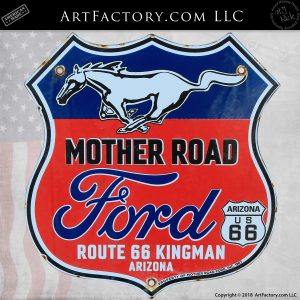
Route 66 was established on November 11, 1926, as one of the original U.S. highways. It ran from Chicago, Illinois, through Missouri, Kansas, Oklahoma, Texas, New Mexico, Arizona, and ended in Santa Monica, California.
Historic Route 66: "Main Street of America"
Historic Route 66, also known as the "Main Street of America" or the "Mother Road," is an iconic highway in the United States that holds a special place in the country's history and culture. Here's a brief overview of the story of Route 66:
- Origin and Purpose:
- Route 66 was established on November 11, 1926, as one of the original U.S. highways.
- It ran from Chicago, Illinois, through Missouri, Kansas, Oklahoma, Texas, New Mexico, Arizona, and ended in Santa Monica, California.
- The primary purpose of Route 66 was to connect urban and rural communities and facilitate the westward migration of people during the Dust Bowl of the 1930s.
- Economic Impact:
- The construction of Route 66 played a significant role in the economic development of the regions it passed through.
- It became a major transportation corridor for both goods and people, fostering economic growth in small towns and businesses along the route.
- Migration Westward:
- During the Great Depression, Route 66 became the path for many families seeking a better life in the West. This migration was later immortalized in John Steinbeck's novel "The Grapes of Wrath."
- Role in World War II:
- Route 66 gained strategic importance during World War II as it served as a vital route for military transportation, connecting military bases and defense industries.
- Cultural Symbolism:
- Route 66 became a cultural symbol of the American road trip and the freedom associated with the open road.
- It was romanticized in literature, music, and movies, contributing to its legendary status.
- Decline and Decommissioning:
- With the construction of the interstate highway system, Route 66 gradually lost its significance.
- In 1985, the route was officially decommissioned, and its signage was removed.
- Preservation and Revival:
- Despite its decommissioning, Route 66 has not been forgotten. Efforts to preserve and promote the historic route have been ongoing.
- Many sections of the route have been designated as historic byways, and communities along the route celebrate its heritage.
- Tourist Attraction:
- Today, Route 66 has become a popular tourist attraction, with people from around the world seeking to experience the nostalgia of the historic highway.
- Travelers can explore remnants of the original route, visit roadside attractions, and appreciate the history and culture associated with this iconic road.
The story of Historic Route 66 is not just about a highway; it's a narrative that reflects the resilience of communities, the impact of transportation on economic development, and the enduring allure of the American road trip.
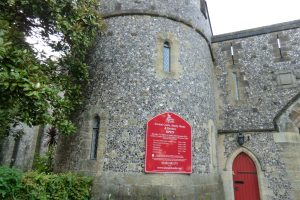
The inspiration for our Route 66 Door comes from the armory doors at Arundel Castle in the United Kingdom.
Historic Design Inspiration: Arundel Castle (West Sussex, England)
Arundel Castle, located in West Sussex, England, has a rich and fascinating history that spans nearly a thousand years. Here's an overview of the history of Arundel Castle:
- 11th Century: Foundation and Origins:
- Arundel Castle was founded by Roger de Montgomery, Earl of Arundel, in the late 11th century. It was built soon after the Norman Conquest of England in 1066.
- The original structure was a motte-and-bailey castle, constructed on a high mound with a defensive enclosure.
- 12th Century: Expansion and Stone Keep:
- In the 12th century, the castle underwent significant expansion and improvement under the guidance of the de Albini family, who succeeded the Montgomerys as Earls of Arundel.
- A stone keep, known as the "Shell Keep," was constructed during this period, providing a more substantial and enduring structure.
- Medieval Period: Royal Connections:
- Arundel Castle played a role in various historical events during the medieval period. It was a key defensive stronghold during conflicts such as the Anarchy (12th century) and the Hundred Years' War (14th-15th centuries).
- The castle had connections with several English monarchs, including Richard the Lionheart and King Henry VIII.
- Civil War:
- During the English Civil War (1642-1651), Arundel Castle was a Royalist stronghold. It endured a siege in 1643 but eventually fell to Parliamentary forces in 1644.
- As a result of the castle's Royalist associations, it suffered damage and partial dismantling during the war.
- Post-Restoration Period: Rebuilding and Restoration:
- After the monarchy was restored in 1660, the Howard family, who held the title of Duke of Norfolk, undertook extensive rebuilding and restoration of Arundel Castle.
- The 18th century saw further renovations, including the construction of the library and other additions.
- Victorian Era: Gothic Revival and Restoration:
- In the 19th century, the castle underwent a major transformation under the 15th Duke of Norfolk, Charles Howard. He employed the architect Anthony Salvin to restore and remodel the castle in a Gothic Revival style.
- The restoration included the creation of the picturesque gardens surrounding the castle.
- 20th Century and Beyond:
- Arundel Castle remains the seat of the Dukes of Norfolk and is open to the public. It houses an impressive collection of art, furniture, and historical artifacts.
- The castle and its gardens attract visitors from around the world, providing a glimpse into centuries of English history.
Today, Arundel Castle stands as a testament to the enduring legacy of medieval architecture and the historical events that shaped England over the centuries. It serves as both a residence for the Duke of Norfolk and a popular tourist destination.
Route 66 Hand Carved Entrance Info
- Size - any size door, shape, structural jamb
- Style - wood, design, hand carvings, decorative accents
- Panels - windows, grills, door straps, inlays, clavos, sidelights
- Glass - stained, thermal, energy efficient, decorative, protective
- Hardware - hand forged wrought iron handles, latches, hinges, grills
- Finishes - over 400 standard colors of hand applied stains and finishes or color match
- Learn more about our custom doors
- American hand made solid wood doors
- Available in any wood types, stain and patina finishes
- Solid, full length timber, air dried (never kiln dried) timber
- Custom solid wood door, handcrafted using mortise and tenon joinery
- Pre-hung structural 3" thick door jamb with 1" seal face stop (double thermal seal)
- Self-closing, heavy duty tension adjustable hinges
- Adjustable tension roller style door latch closure
- Self-lifting, heavy duty mechanical door sweep
- Heavy duty, crush proof threshold with adjustable saddle
- Hand rubbed, 10 process finish on all custom wood doors
- Solid hand forged wrought iron hardware - no hollow iron or fake castings
- Built in the original craft - not reproduction
- Order any size or style doors custom designed for your residential or commercial space
- Available in solid wood front doors, hand carved panels, glass or portal windows
- All custom doors are guaranteed forever - backed by over a century of fine craftsmanship
ArtFactory.com is an American manufacturer of custom doors, door hardware, iron gates, and designer furniture based in Scottsdale, Arizona. Featuring designs by H.J. Nick, we have been designing and building some of the world's finest furnishings, all hand crafted in America, since 1913. Most of our clients want a furnishing that has a big WOW factor and timeless elegance. They all want investment value furnishings that make a proper statement reflecting their personality, or the personality of the environment for which the designer custom furnishings are intended. Our master level craftsmanship ensures your custom wrought iron gates and furnishings will stand the test of time, and are guaranteed forever, backed by over a century of fine craftsmanship.
Doors Custom Built The Old Fashioned Way
"When Everything Made In America Was Built To Last Forever"
And Craftsmen Were Proud To Sign Their Work
Order Any Size Or Style - We Can Help You To Design Your Dream Custom Doors - At No Extra Cost




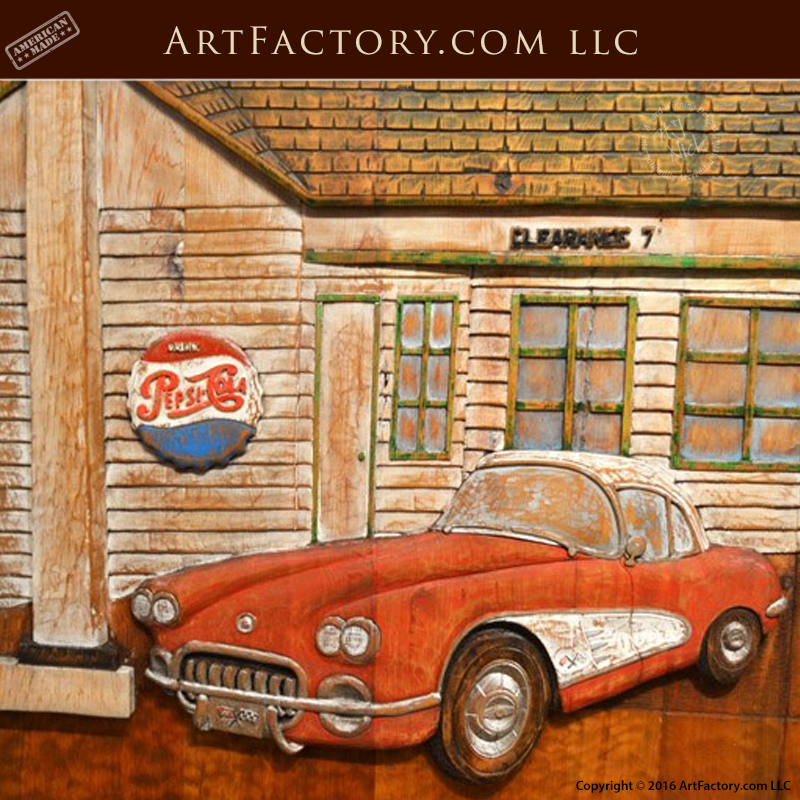

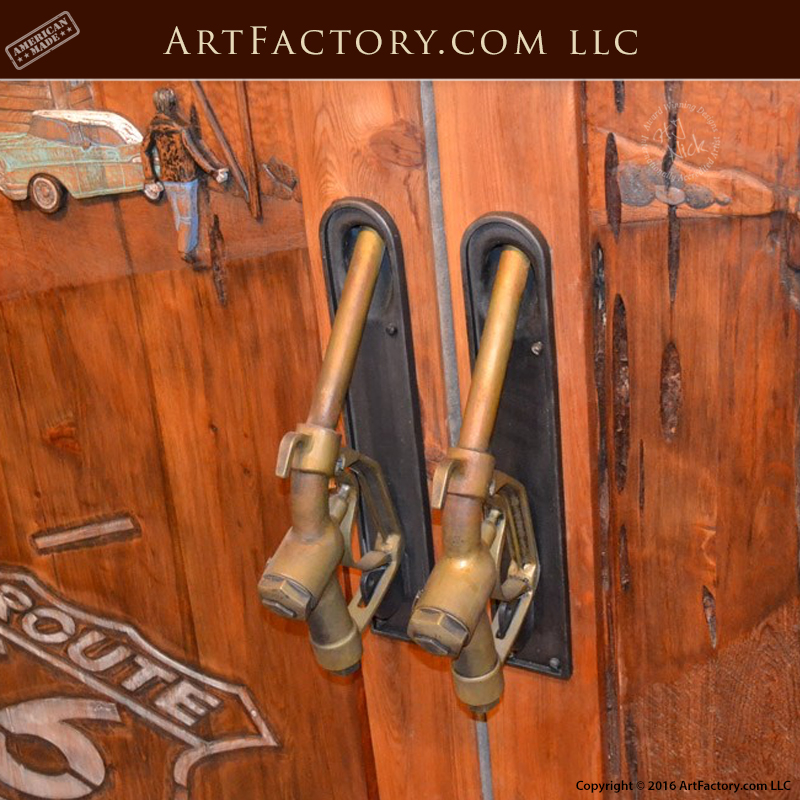
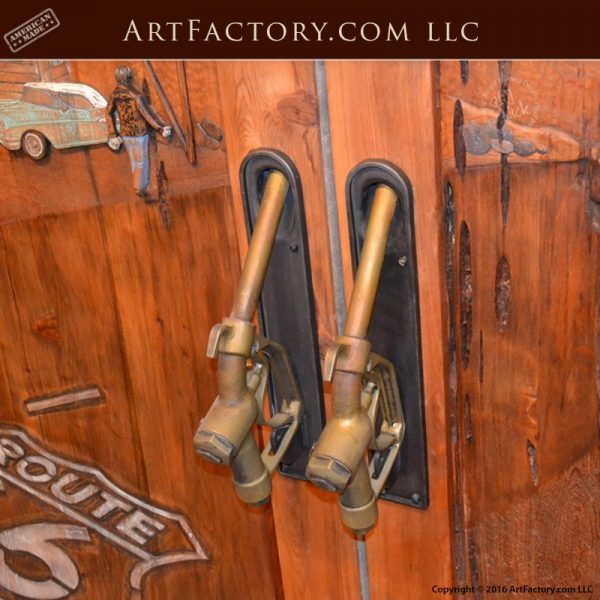
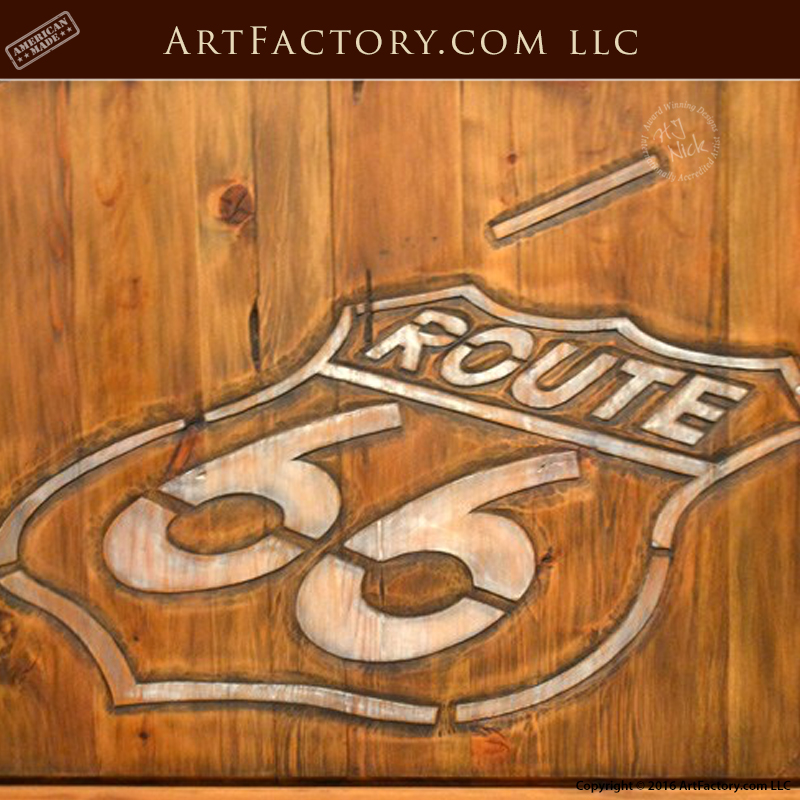
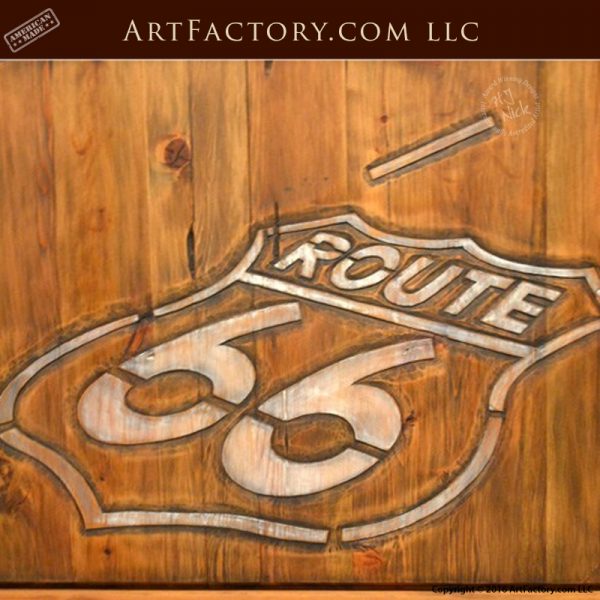

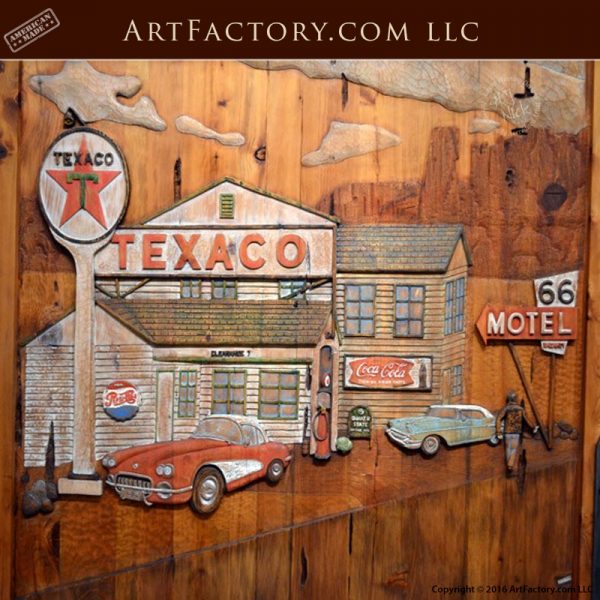
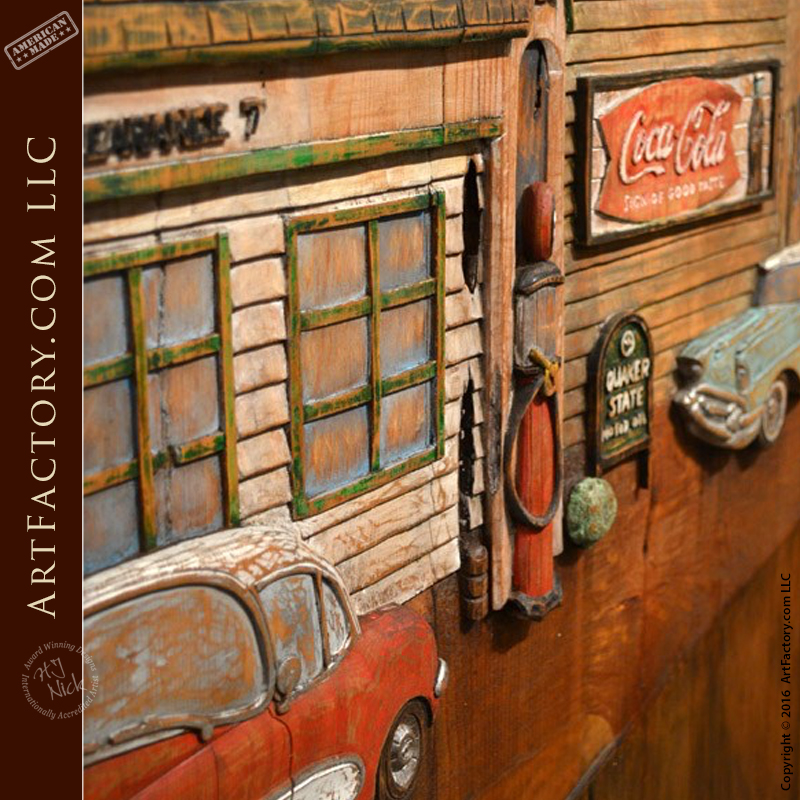

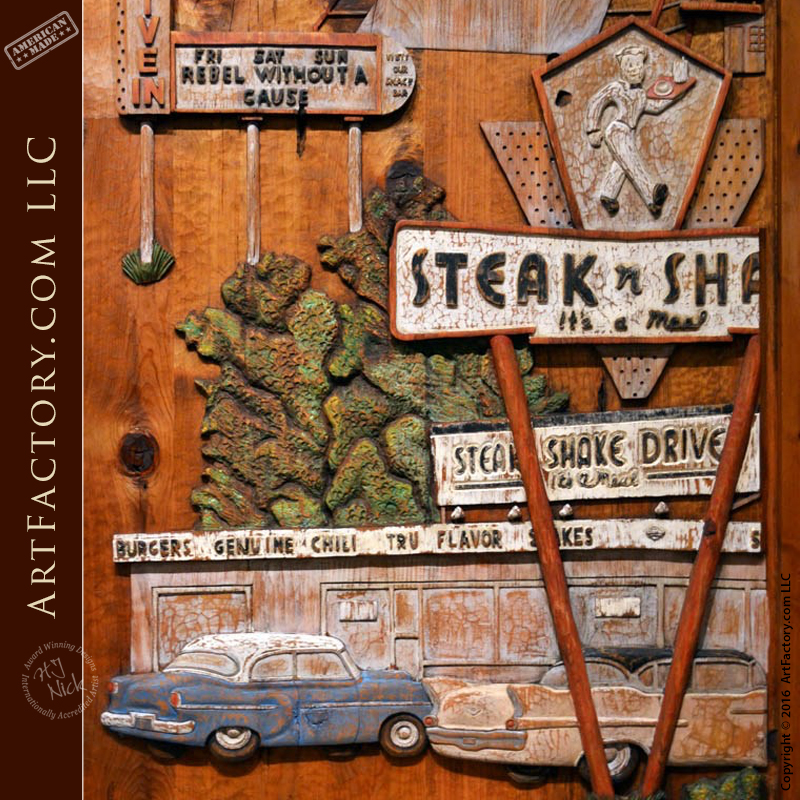
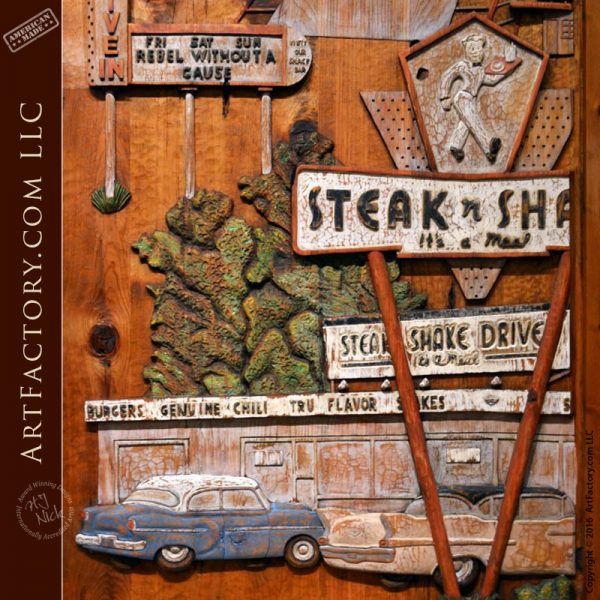
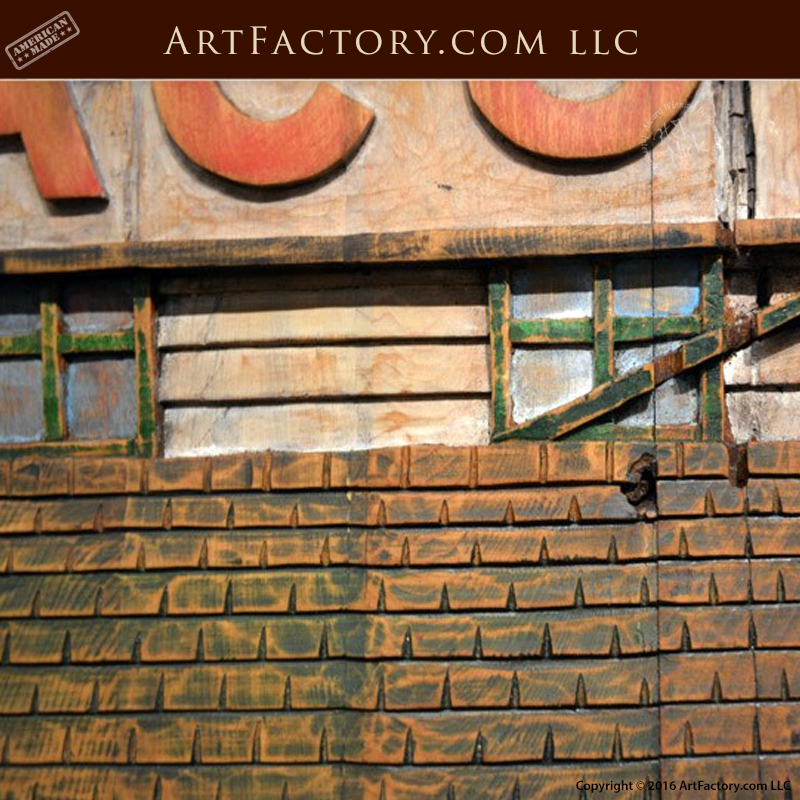
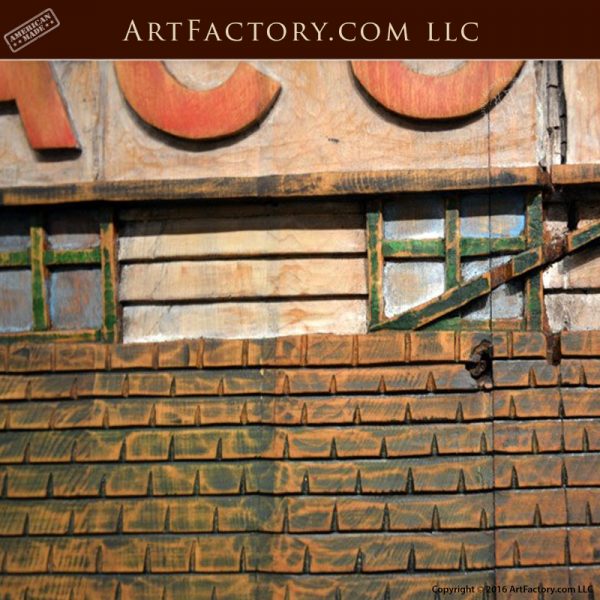

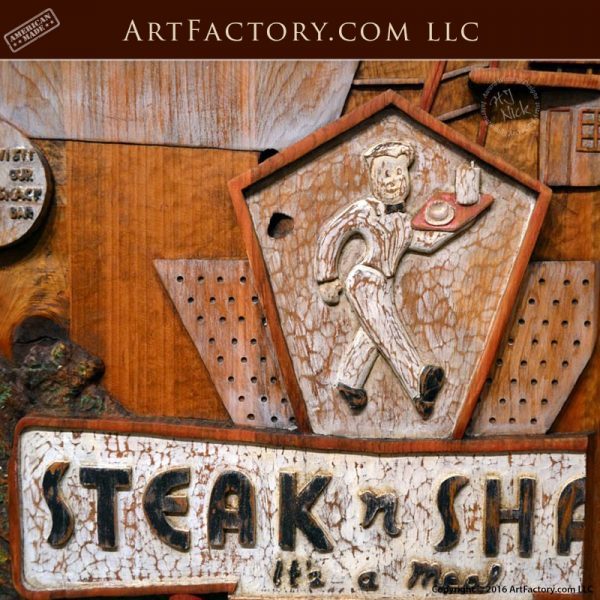
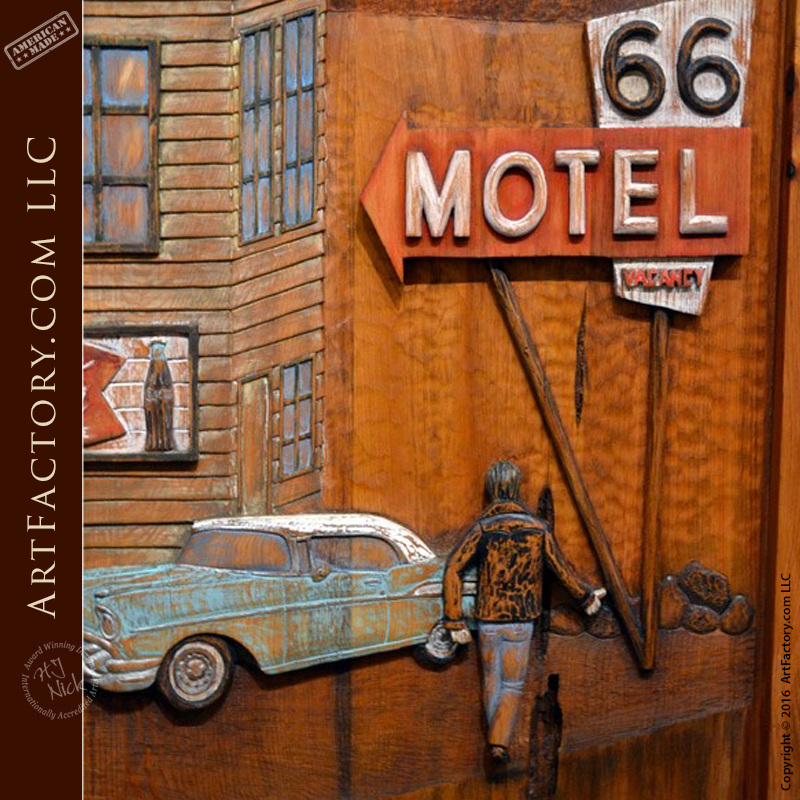
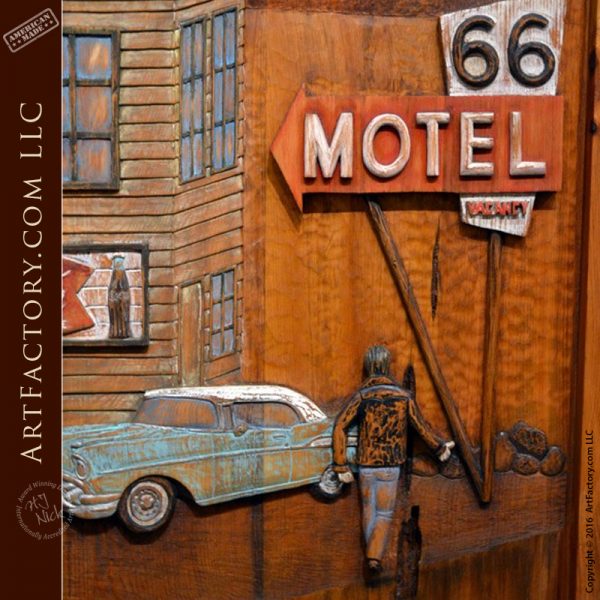

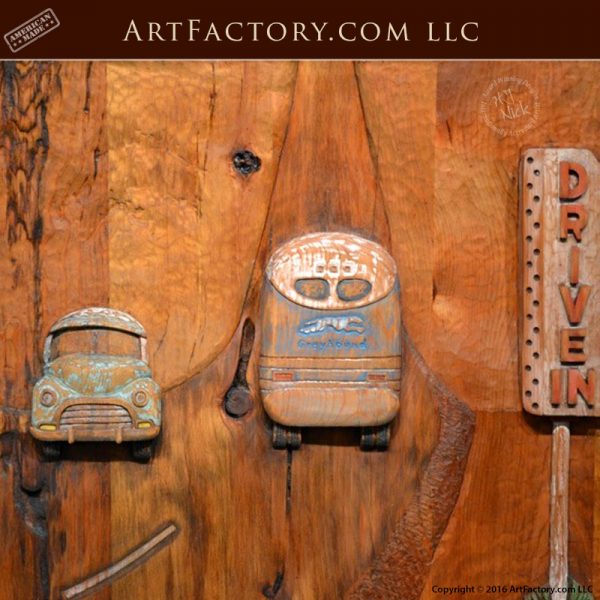
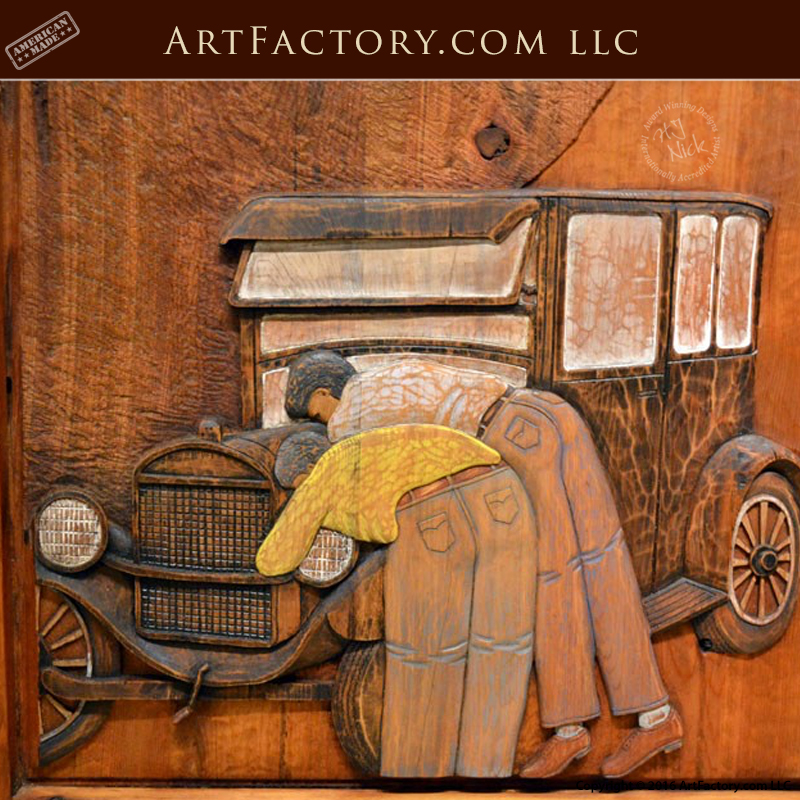
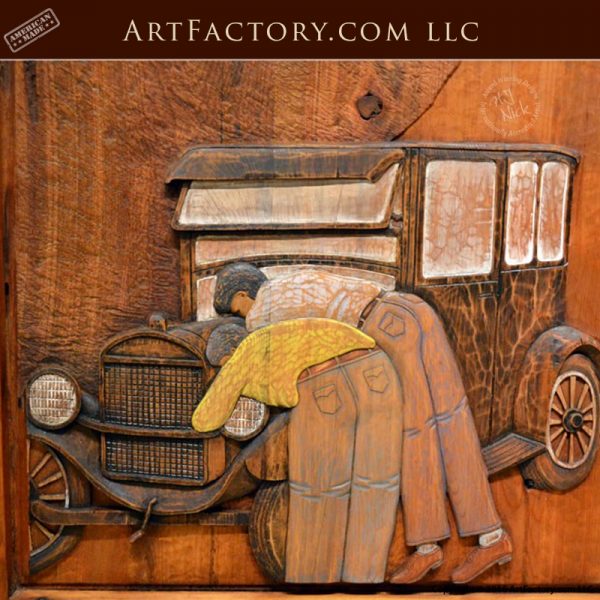
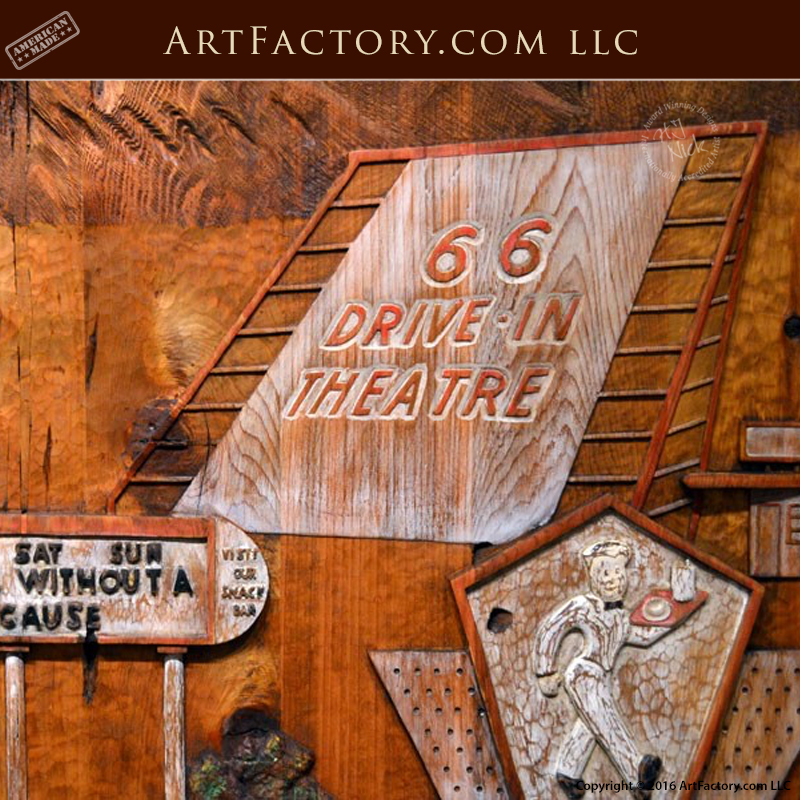
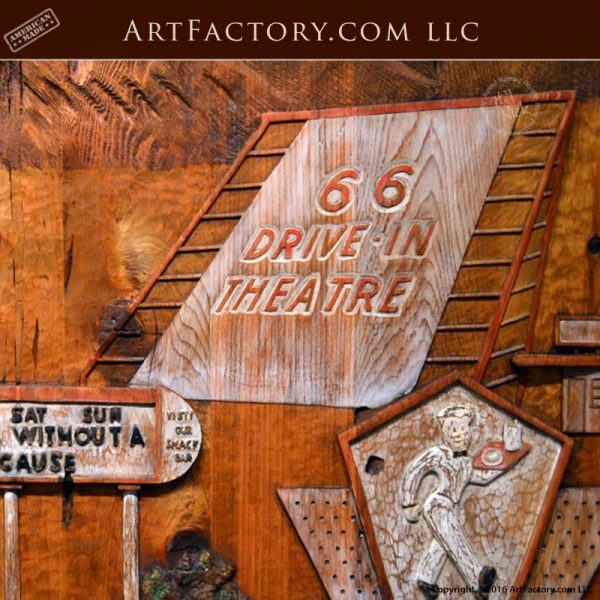

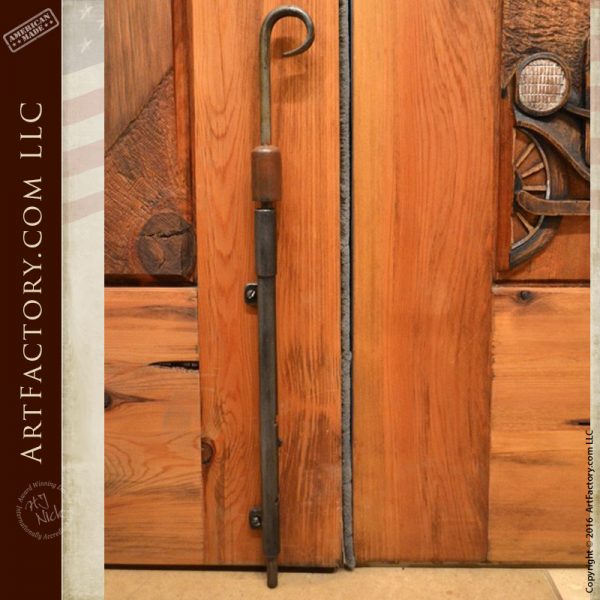
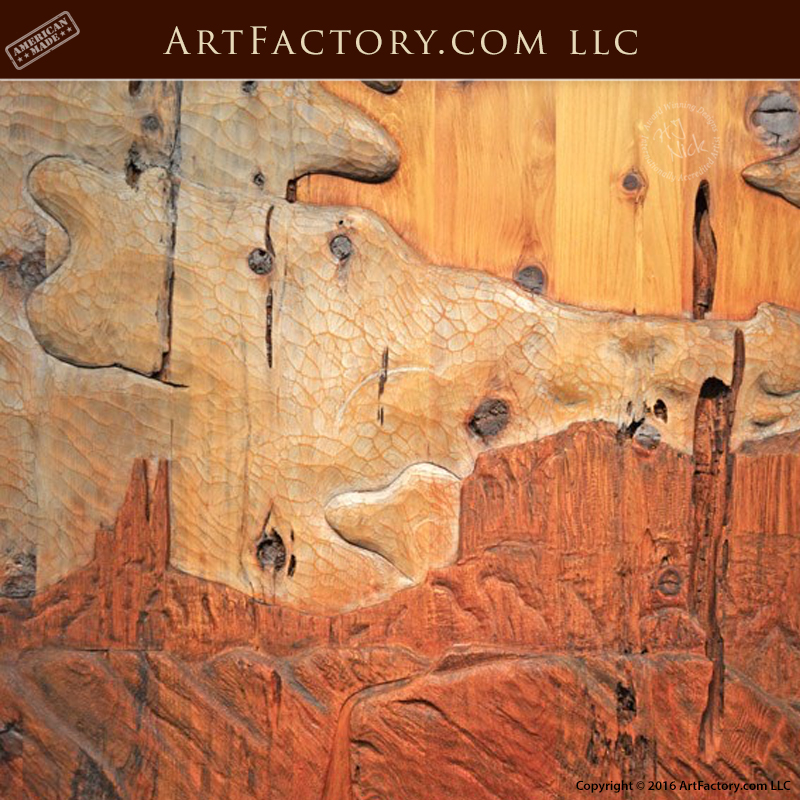

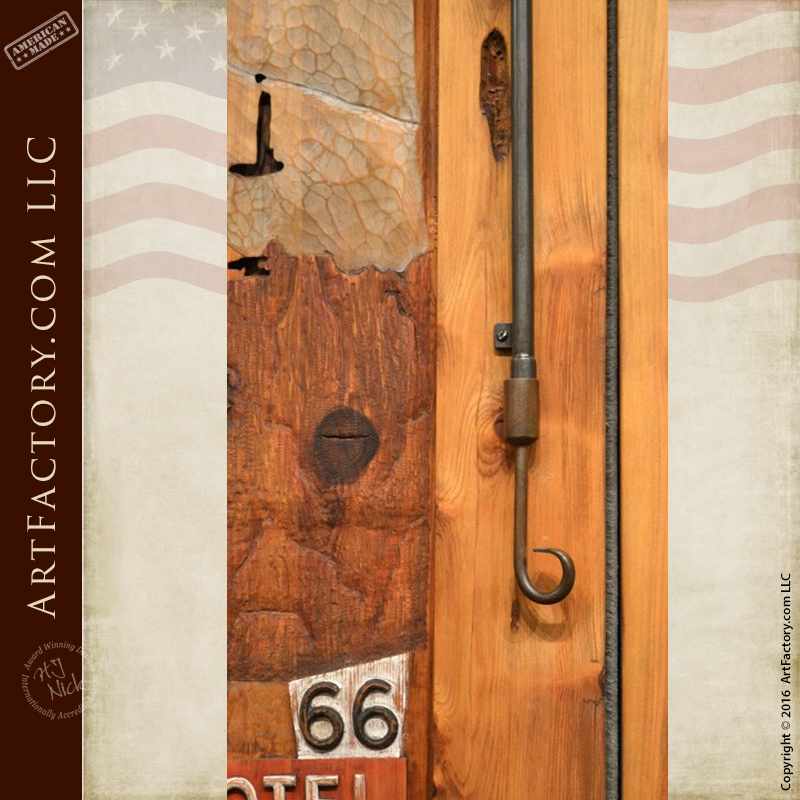
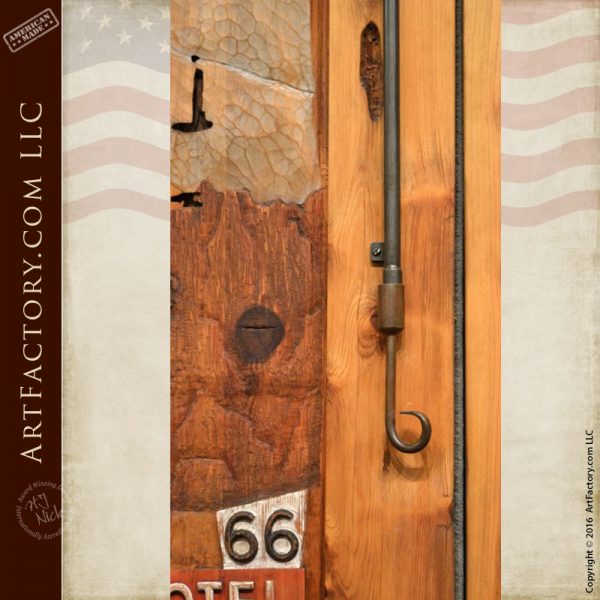
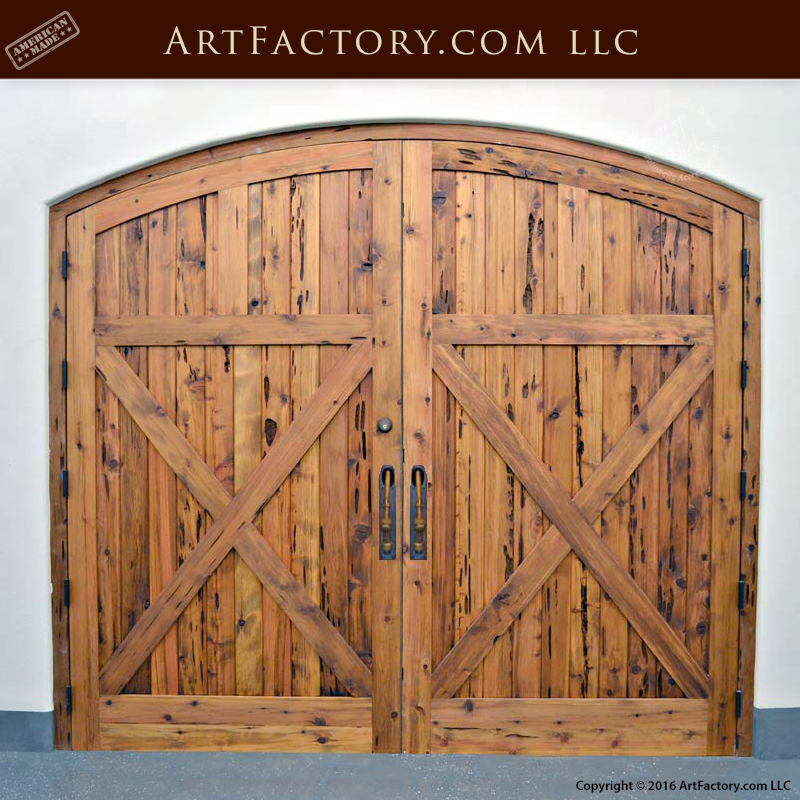



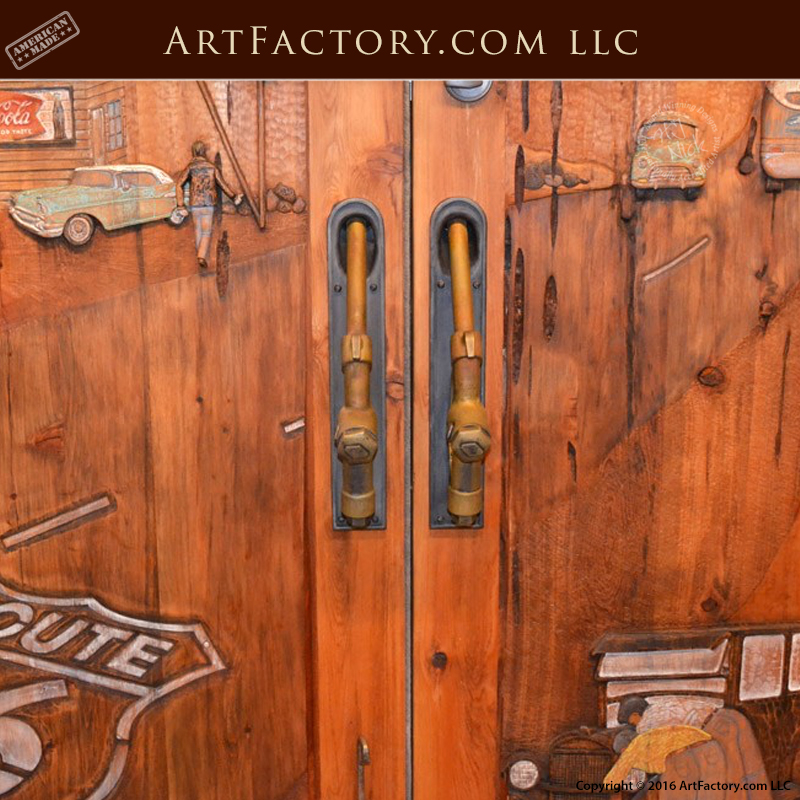


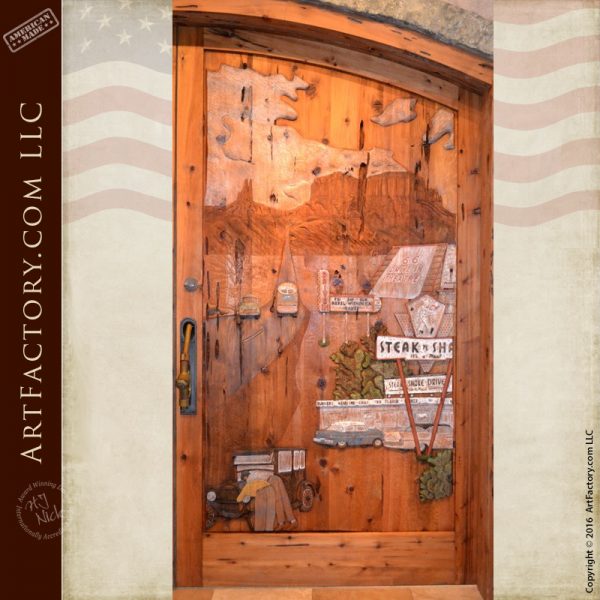
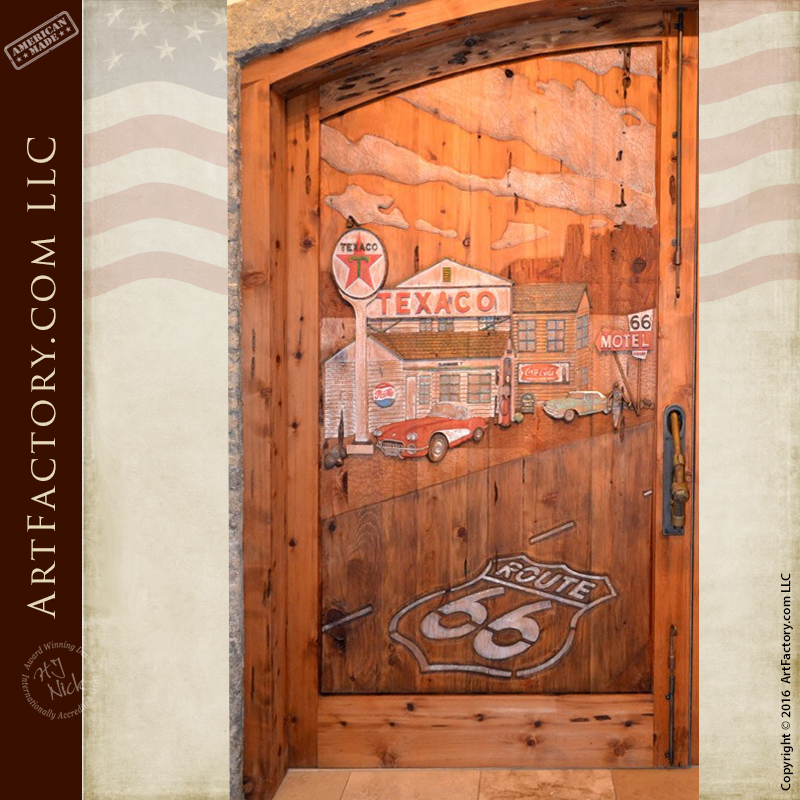
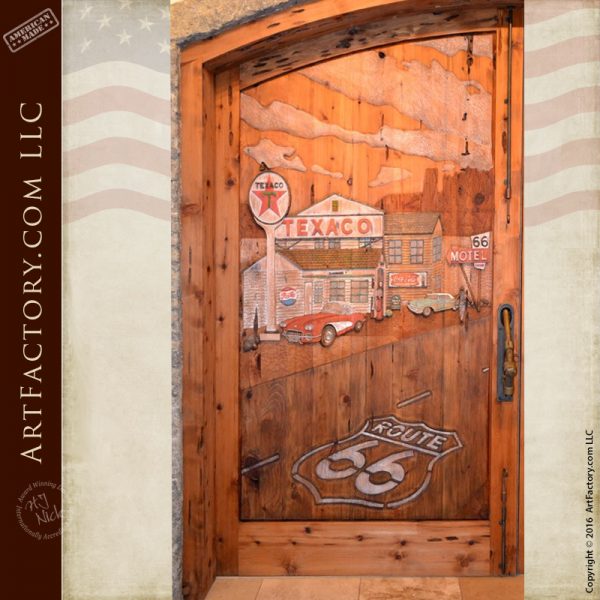

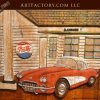
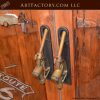

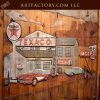

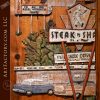





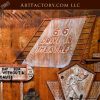

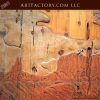

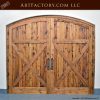
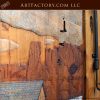
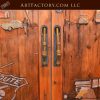
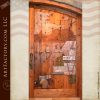
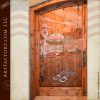

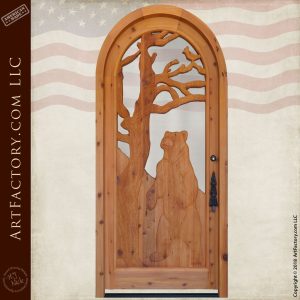
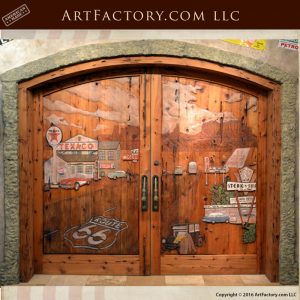
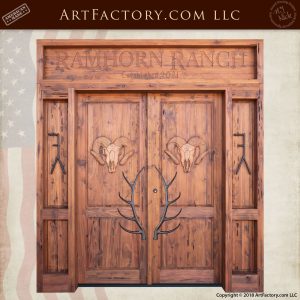
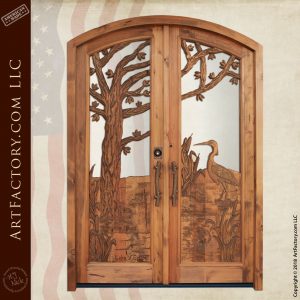
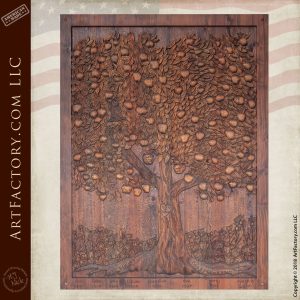

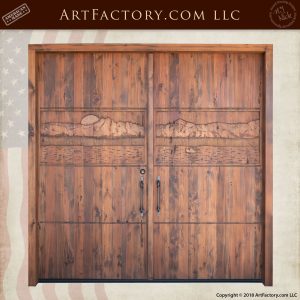


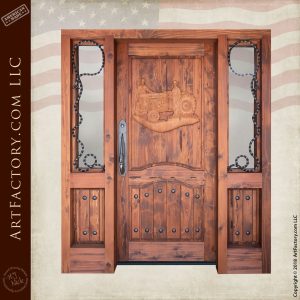
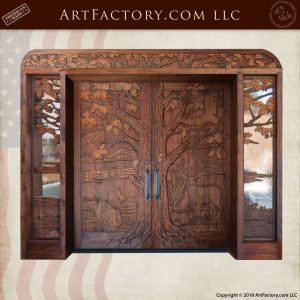
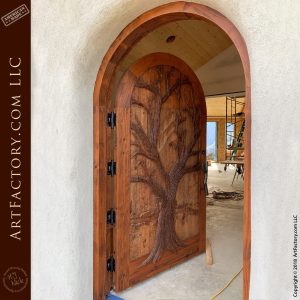
Reviews
There are no reviews yet.